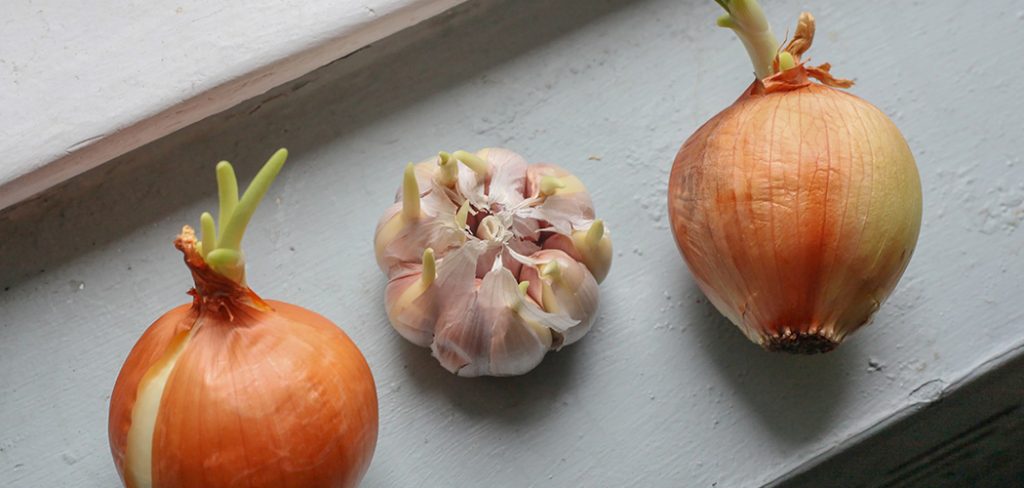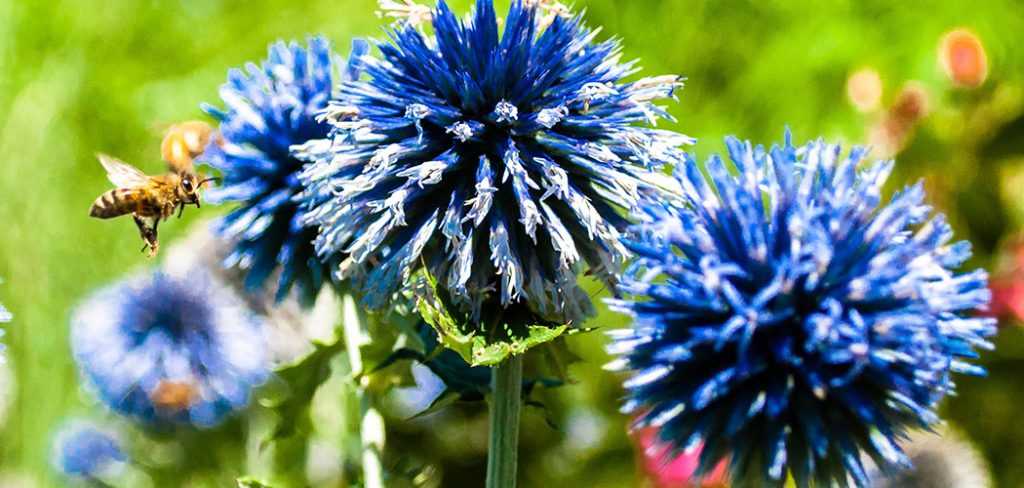When you are, about to choose Lilies for the garden learn some details as some of the lilies are not lilies but having term lily in their name. Real lilies are those, which formed by the bulbs.
The bulb is made of layered scales supporting stalk inside the flower however the roots are bulges from the disc found at bulb`s bottom. The bulbs are the core element of lilies. When they are in quiescent or dormant state, they are being sell. The standing out of lilies in winters up to 30 degrees make them special.
The idyllic lilies would grow if before planting bulbs put them in fridge for 6-8 weeks to impersonate winters. Many hybrids of lilies are introduce now which are used as ornamental flowers. Their large and bright presence make the garden visible. While exploring lilies family you will get to know they have a wide range of colors and shapes some have trumpets or some have mirrored petals.
Commonly lilies are group as oriental lilies or Asiatic lilies. Oriental lilies prefer to grow n acidic soil; they are more fragrant, having larger flowers. However, Asiatic lilies prefer to grow on alkaline soils, and are hardy towards winters having wide range of colors variety in them. They best feature is they are easy to handle.
Planting:
While planting lily make sure it is around the last spring frost. Once the bulbs are in your hand better to plant them as soon as possible. The drainage should be well panned as if the lilies are over watered or water logged they may twaddle.
The place where exposure to Sunlight is in maximum exposure is ideal for the lily to grow. Lilies need at least 6-8 hours of sun exposure. While you are, planting bulbs make sure their heads are beneath the soils (approx. 3 inches). Mulching will add the value if you want too. You can use compost or shredded leaves in this regard. Once they are install, the care is minimal.
In lilies, trimming or pruning is not a good option. Let them shed their leaves in their own. In autumn as leaves, turns brown then prune them down to the ground. Otherwise, let the green leaves photosynthesis e for the plant. Wobble the fertilizer around bulb before glooming season as they utilizes the nutrition to grow.
How to protect lilies for the garden from pests
Make proactive measure and look for larvae beneath the leaves. If infestation is deep, apply insecticide. Nevertheless, be aware as it may stops the pollinating insects too.
14 Common Types of lilies for the garden and their meanings
- Orange lily
They grow 3-4 feet. Cats are toxic to it. It is one of the ornamental plants. It multiplies favorably.
- Cala lily
It is highly toxic to cats and dogs. They need 1 – 1 ½ space between each plant to grow well.
Cala lily flower blooms.
- Longiflorum lilies
They are the longest (1-3feet). They can bloom in out of season with minor fragrance.
- Perennial lily
They produce big and larger amount of lowers. Grows 3 -4 feet. They bloom from early summer to mid-summer.
- Asiatic lily
They are easy to grow but they do not scent much. Although they are hardy for winters.
- Oriental lilies
They are of strongest fragrance. They bloom flowers for about 8-10inches.
- Pink lilies (stargazer lily)
The flower symbolizes peace and also known as the flower of light. They are oriental and have good fragrance. They can grow up to 3 feet.
- White lily
Assumed to be toxic for vets.
- Daylilies
They expand a lot. In a year, they can double themselves. To have well blooms division should done.
- Trumpet / Aurelian lilies
They are not winter friendly. It is hard for them to withstand winters. They can crop tertiary sprouts for a longer season.
- La hybrid lilies
They have no fragrance. The plant grows up to 4 feet. Flowers are bigger.
- Turks cap / Martagon lilies
They can grow even up to the 6 feet. The fragrance is there. Each stem produces dozens of blooms.
- Canada lilies
They are about 2 – 4 feet tall. They are slight orange to yellow in color.
- Eastern lily / Longiflorium lilies
It has noticeable fragrance with 7-8 inch blooming flower. It can be raise from a seed too.
CONCLUSION
Never cut the stems those flowers neck and neck to the ground until or unless it turns brown. If Lilies are in pot and starts blooming then they should be shift to shaded point.
Lily in pots
Lilies will not grow from cuttings of stem as other plants may regrow. While planting lily in pots one must know the fact they exposure should not be direct but maximum to 6-8 hours n matter what kind or variety of lily you plant. Watering plant after 2 days is must. Keep adding mulch to retain soil moisture. If the soil remains ideal, they will multiply in your pot. The bulbs grow ideally much if conditions are favorable. Potted lilies need to have 12 cm of soil above the embedded bulb.
Lilly in summer
Lilies love to bloom when summer arrives. You will see vibrant lilies until the fall. Do not water them a lot from summer fears. They die in standing water. You can recut the stem but pruning leaves is not preferred. The bloomed flower stays for 4 days at least.
Are lilies dangerous to vets?
Yes, some of its types are toxic and highly damaging for cats and dogs.
What to do when lilies for the garden have finished flowering?
Lilies are not into blooming repeatedly. They bloom once for one seasons. It is better to cut the flower as it minimize the plant energy to harvest more seeds. The term dead heading is use for pruning lilies. In this way energy of plant can be save from producing seeds. When the petals have dropped, trim them overhead a duo of leaves.
Check my other articles on sustainable gardening and backyard farming.

